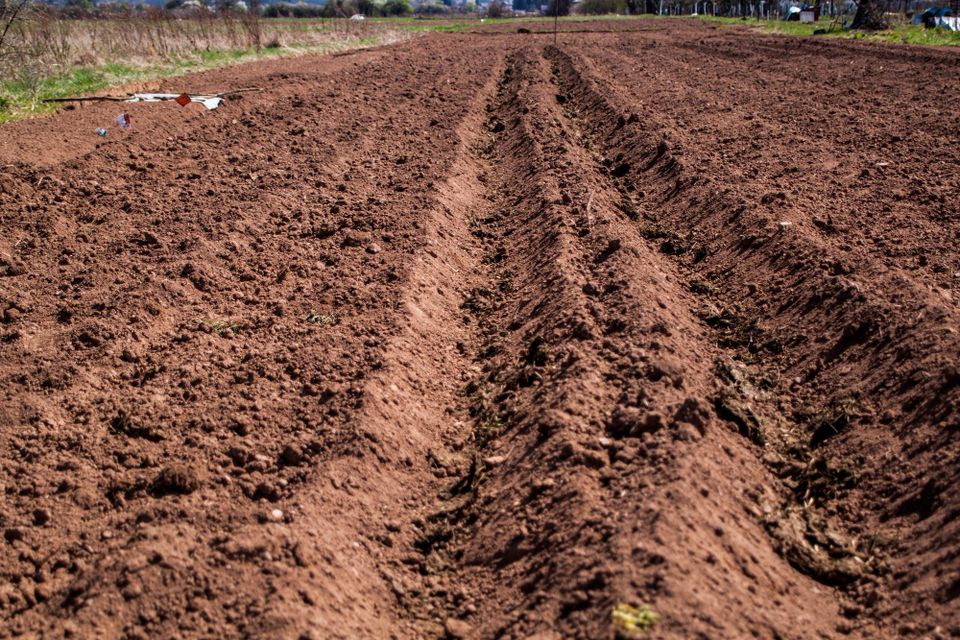Soil stabilization plays a crucial role in road construction, ensuring roads remain durable and safe over time. By improving the strength and stability of the soil beneath the road, this process prevents problems like potholes, cracks, and uneven surfaces. Soil stabilization not only prolongs the life of the road but also reduces maintenance costs, making it a cost-effective solution for infrastructure projects.
Various methods are available for stabilizing soil, each suitable for different types of soil and project requirements. Choosing the right technique can significantly impact the success of a road construction project. Whether it's using lime, cement, or other chemical additives, each method has specific benefits and uses that need to be considered. Implementing the correct soil stabilization practice contributes to the road's overall strength and functionality.
Understanding the benefits and techniques of soil stabilization helps us make informed decisions in road construction projects. This knowledge ensures we build roads that serve communities for many years, providing safe and reliable transportation options. Let's explore the different aspects and advantages of soil stabilization in detail.
What Is Soil Stabilization and Why Is It Important?Soil stabilization is the process of altering soil properties to enhance its strength and durability. This method is critically important in road construction because it ensures that the road surface remains strong and resistant to wear and tear. When soil beneath roads is unstable, it can lead to issues like cracks, potholes, and shifting, which are expensive to fix and unsafe for drivers. By stabilizing the soil, we create a solid foundation that can support heavy traffic and withstand weather conditions.
There are multiple ways to stabilize soil, including adding materials like lime or cement. These additives bind the soil particles together, making the ground firmer and less susceptible to water damage. Stabilized soil does not expand or contract as much when it gets wet or dry, which helps maintain the integrity of the road structure. This stability is essential for constructing roads that last longer and require less frequent maintenance. In essence, soil stabilization is a key step in building strong, reliable roads.
The Different Methods of Soil Stabilization for RoadsThere are several methods used to stabilize soil, each with its unique advantages depending on the type of soil and the specific needs of the road project. One common method is mechanical stabilization, which involves mixing the soil with other materials like sand or gravel. This mixture is then compacted to create a denser, more stable base for the road. Mechanical stabilization is often used for roads that will carry heavy traffic, as it provides significant strength and durability.
Chemical stabilization, on the other hand, involves adding substances like lime, cement, or fly ash to the soil. These chemicals react with the soil particles, significantly increasing their strength. Lime is particularly effective for clay soils, as it reduces plasticity and increases load-bearing capacity. Cement can be used for a wide range of soil types and is known for creating a very strong, stable base.
Another method, known as full depth reclamation, involves recycling existing pavement materials and mixing them with stabilizing agents to create a new, reinforced base layer. Each method has its specific use cases and benefits, offering flexibility in addressing different road construction challenges.
Top Benefits of Soil Stabilization in Road ConstructionSoil stabilization offers several key benefits when applied in road construction projects. First and foremost, it improves the structural integrity of the road by enhancing the load-bearing capacity of the sub-base. Stabilized soil creates a strong foundation that can withstand heavy traffic and adverse weather conditions. This increased strength reduces the likelihood of road failures and extends the lifespan of the pavement.
Another major benefit is the reduction in maintenance costs. Roads built on stabilized soil are more resilient to wear and tear, which means fewer repairs and less frequent maintenance are needed. This is particularly advantageous in regions with extreme weather conditions, where roads often require significant upkeep. Additionally, soil stabilization techniques can help manage water drainage more effectively, prevent waterlogging, and reduce the risk of erosion.
Practical Tips for Implementing Soil Stabilization TechniquesSuccessful implementation of soil stabilization involves several best practices. First, conducting a thorough soil analysis is crucial. Understanding the soil composition and its characteristics allows us to select the most appropriate stabilization method. Whether we use mechanical stabilization, chemical additives, or a combination of both, knowing the soil type helps in making informed decisions that enhance effectiveness.
Another important tip is to prepare the site properly. This includes clearing vegetation, removing debris, and ensuring the area is well-drained. Proper preparation guarantees that stabilization materials can be evenly distributed and compacted. It is also essential to use the right equipment and follow proper mixing ratios. Consistency in mixing ensures that the stabilized layer achieves the desired density and strength.
ConclusionIncorporating soil cement into construction projects, particularly in road building, presents numerous advantages. From cost savings and enhanced durability to environmental benefits, soil cement is a valuable material in modern construction. By using the existing soil at project sites and combining it with cement, we create stronger, longer-lasting structures that require less maintenance over time. Understanding how to properly utilize soil cement and following best practices can yield significant improvements in project outcomes.
At Terra-Firma Stabilization & Reclamation, we are committed to utilizing advanced techniques like soil cement stabilization to deliver superior infrastructure solutions. Contact us today to learn more about how we can help you achieve your construction goals with our sustainable and effective
soil stabilization services!

